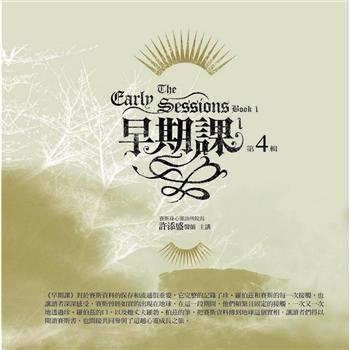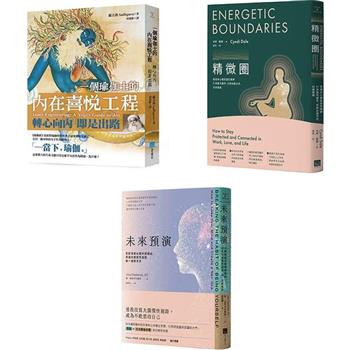Recent reforms in teacher education aim to bridge the gap between general and deaf education perspectives, enhancing inclusivity and effectiveness in classrooms. These initiatives emphasize integrating sign language proficiency, cultural sensitivity, and specialized teaching techniques into mainstream teacher training programs. Challenges include ensuring educators are equipped to meet diverse student needs while adapting to technological advancements and evolving educational standards. Reforms advocate for collaborative partnerships between general and deaf education departments within universities, promoting cross-disciplinary learning and practical experiences in diverse classroom settings. By fostering a comprehensive understanding of both educational domains, these reforms seek to prepare teachers who are adept at addressing the unique challenges and requirements of deaf and hard-of-hearing students within inclusive educational environments. Ultimately, the goal is to cultivate a more inclusive educational landscape where all students, regardless of their abilities or backgrounds, receive equitable and effective instruction tailored to their individual needs.
| FindBook |
有 1 項符合
Teacher Education Reforms: Integrating General and Deaf Education Perspectives的圖書 |
 |
Teacher Education Reforms: Integrating General and Deaf Education Perspectives 作者:Sheena 出版社:Tredition Gmbh 出版日期:2024-07-01 語言:英文 規格:平裝 / 188頁 / 22.86 x 15.24 x 1.09 cm / 普通級/ 初版 |
| 圖書館借閱 |
| 國家圖書館 | 全國圖書書目資訊網 | 國立公共資訊圖書館 | 電子書服務平台 | MetaCat 跨館整合查詢 |
| 臺北市立圖書館 | 新北市立圖書館 | 基隆市公共圖書館 | 桃園市立圖書館 | 新竹縣公共圖書館 |
| 苗栗縣立圖書館 | 臺中市立圖書館 | 彰化縣公共圖書館 | 南投縣文化局 | 雲林縣公共圖書館 |
| 嘉義縣圖書館 | 臺南市立圖書館 | 高雄市立圖書館 | 屏東縣公共圖書館 | 宜蘭縣公共圖書館 |
| 花蓮縣文化局 | 臺東縣文化處 |
|
|
圖書介紹 - 資料來源:博客來 評分:
圖書名稱:Teacher Education Reforms: Integrating General and Deaf Education Perspectives
|











